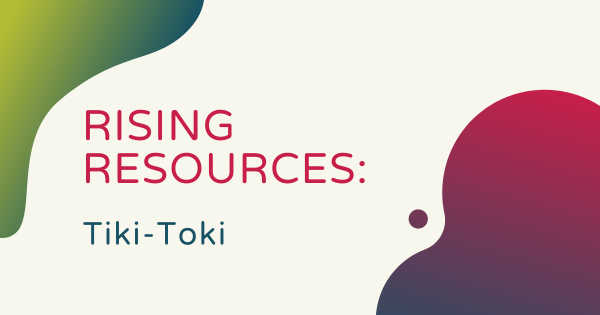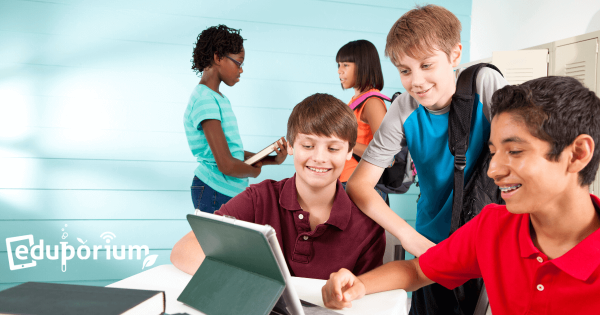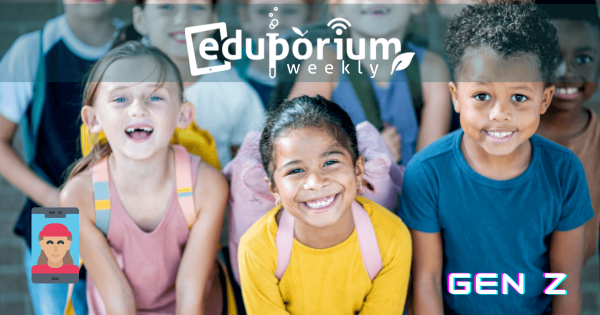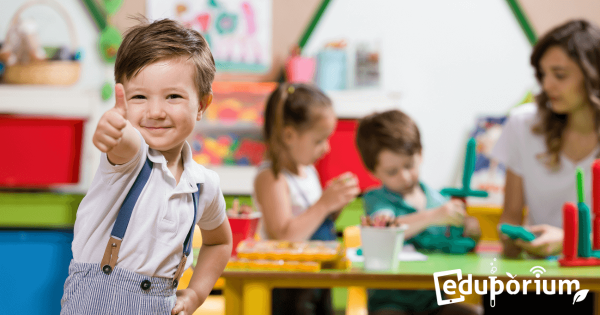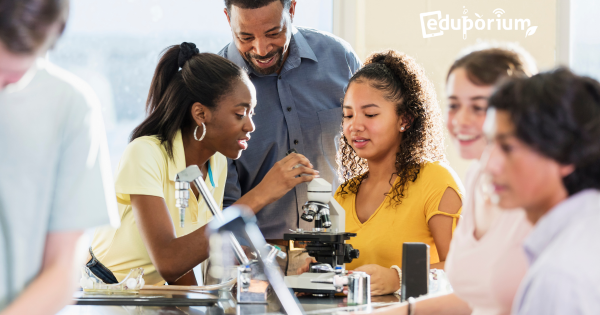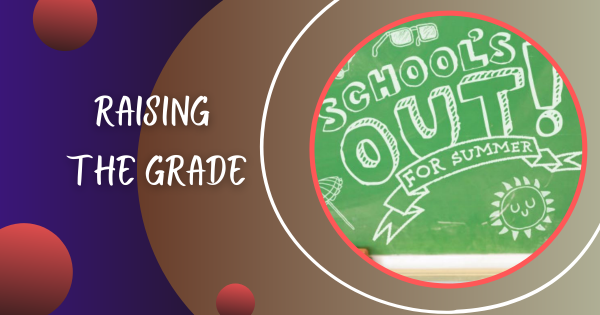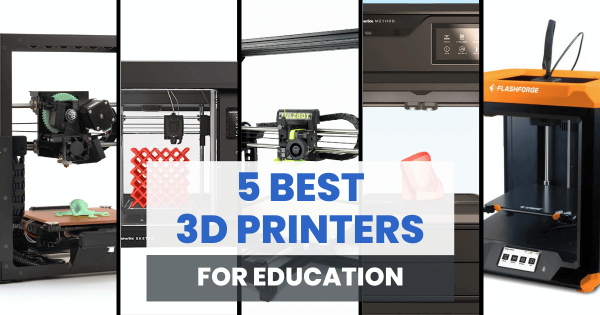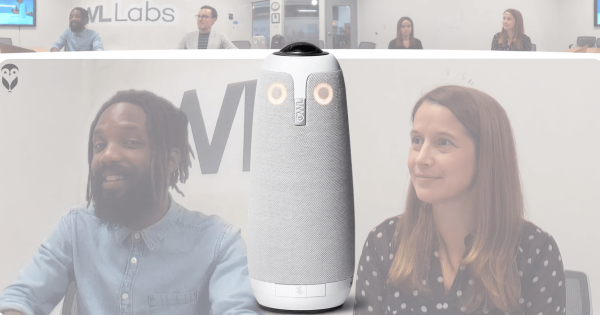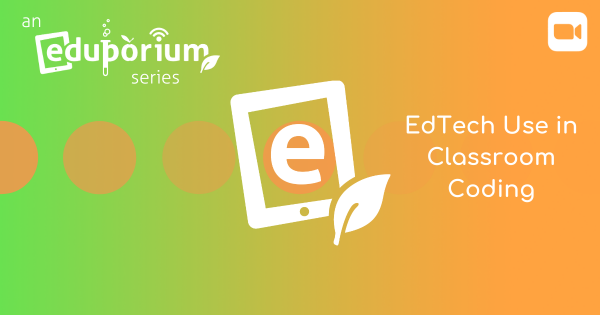While it’s not quite the same as the world-renowned TikTok app, Tiki-Toki, of course, shares a similar name. It’s free to sign up and it takes just a moment for students and teachers to get started. Using its desktop platform, students can create interactive timelines and personalized multimedia content to show their knowledge on key classroom topics.
Search results for 'student engagement'
-
Eduporium Weekly | Tech and Engagement in the 21st Century
In 2019, how do we measure the effectiveness of education or of EdTech for that matter? Well, one of the greater goals of today’s teaching is to maximize student engagement by drawing on all available tools. This includes technology in a number of different forms, like online platforms, educational apps, and our favorite—hands-on STEM tools. -
Eduporium Weekly | Teaching to the Students of Gen Z
Following millennials, Generation Z emerged in the mid-90s and is now getting set to make its mark on the world. Many of them are now in high school (depending on when you define the end of Gen Z), meaning they are preparing for their lives and careers. Like other generations, they are facing some challenges and incredible opportunities. -
Eduporium Weekly | Using Tech to Help Students in Preschool
Generally, the common belief is that this should start around first, second, or third grade. What if it could start earlier, though? Like even as early as preschool. Those extra couple of years could wind up making a pretty large difference in the development of a child and, who knows, could ultimately help them reach greater heights. -
How Teacherpreneurs Can Teach Students Entrepreneurship Skills
The innovation in contemporary education is increasing every day. Schools are using more advanced technologies, like 3D printing, laser cutting tools, and maybe even drones to help impart those necessary skills for the future on their students. Among these key 21st century skills is entrepreneurship since the current gig economy is filled with new opportunities all the time. -
How Makerspaces Help Engage Students And Promote Creativity
Did you know how viable it is to create a makerspace for kids at your school? And did you know how easy it is? For that reason, educators across the country are beginning to rethink how and what they teach to kids in their K-12 years and many are taking a new approach that includes a much heavier emphasis on -
5 Best 3D Printers For Education In 2025
When it comes to crafting the perfect makerspace experiences, educators can try incorporating a wide variety of hands-on STEAM activities. To truly maximize student engagement and empower them all to feel like authentic problem solvers, however, 3D printing is an awesome option and these are some of the best educational 3D printers for K–12 school STEM programs. -
Using The Owl Labs Meeting Owl 3 And Meeting HQ
The Owl Labs team originally developed their 360-degree cameras and the software for use outside education—typically for corporate settings. As the pandemic and remote and hybrid learning set in, however, this tech quickly helped to redefine how kids accessed instruction. Jump to today and their virtual meeting tools continue to positively impact student engagement. -
Video: Getting Started With Tech Use In Classroom Coding
Eduporium co-founder, Irina Tuule, discusses strategies that educators can use to ease into EdTech usage. By starting slow and integrating new STEM tools in any way that is comfortable to them, educators can set themselves up for increased student engagement and eventual success levels all while trying some different things—just like in The Little Red Riding Hood!



